How do I secure a Docker container?

Securing a Docker container involves several best practices, including minimizing the base image, limiting container privileges, and regularly updating images to patch vulnerabilities.
How do I manage environment variables in Docker?

Managing environment variables in Docker can be done using the `-e` flag in `docker run`, or by defining them in a `.env` file or `docker-compose.yml`, ensuring secure configuration.
How do I handle security updates in Docker?

Handling security updates in Docker involves regularly scanning images for vulnerabilities, using trusted base images, and automating updates through CI/CD pipelines to ensure your applications remain secure.
How do I perform a security audit in Docker?
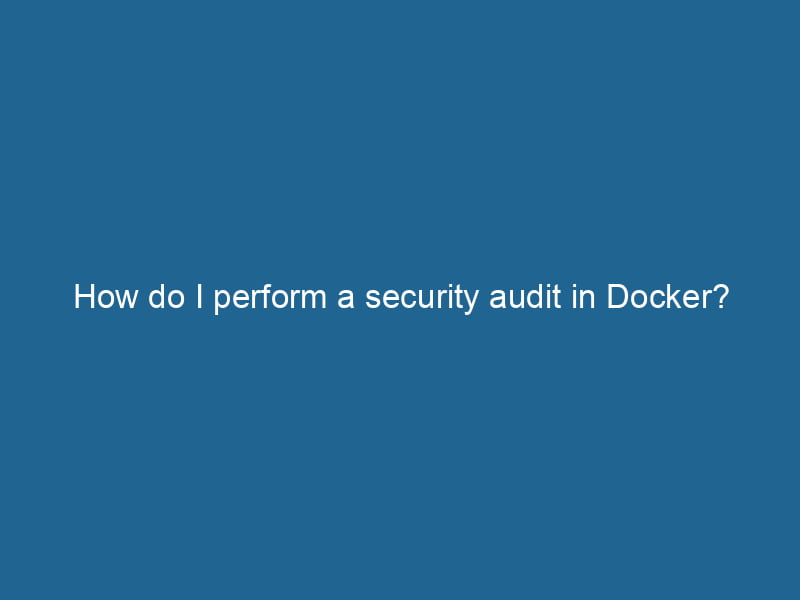
Performing a security audit in Docker involves assessing container images, reviewing configurations, and monitoring runtime behavior. Use tools like Docker Bench and Clair for effective analysis.
How do I use secrets in Docker?
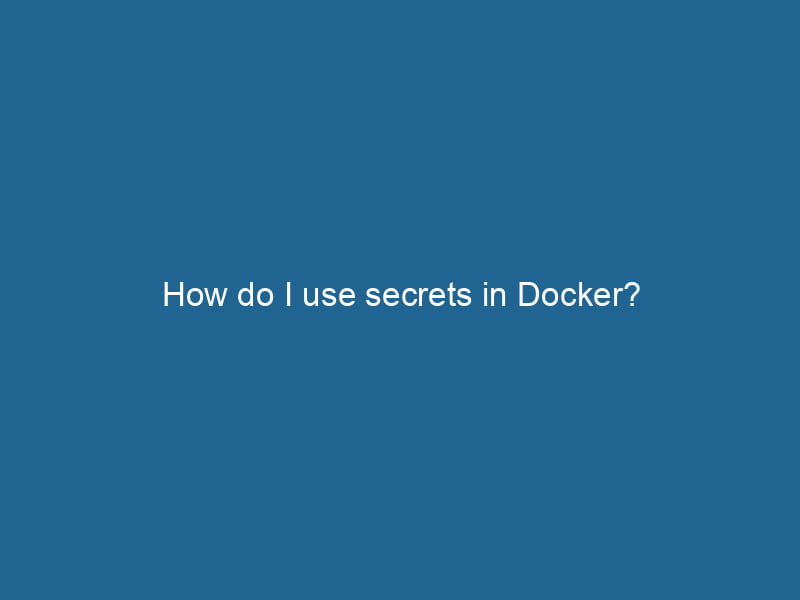
Using secrets in Docker enhances security by managing sensitive data like passwords and API keys. Utilize Docker Swarm to create and store secrets, ensuring safe and controlled access within your containers.
How do I optimize Docker images?
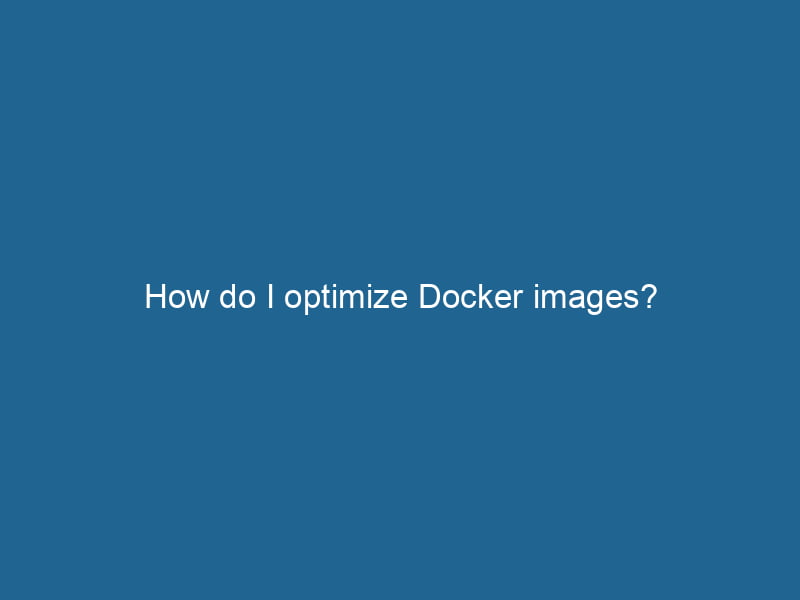
To optimize Docker images, minimize layers by combining commands, use lightweight base images, remove unnecessary files, and leverage caching effectively for faster builds.
How do layers work in Docker?
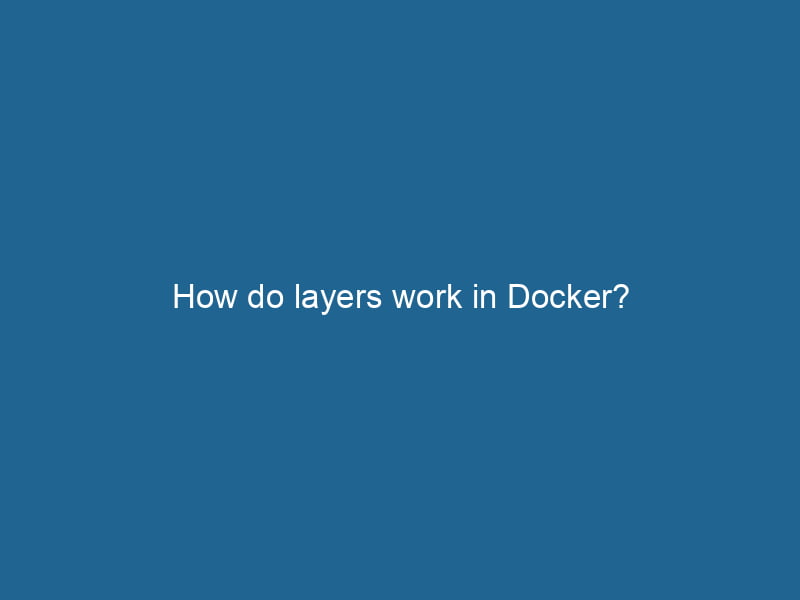
In Docker, layers are file system changes that create images. Each layer represents an instruction in the Dockerfile, enabling efficient storage and faster image builds through caching.
How do I reduce the size of Docker images?
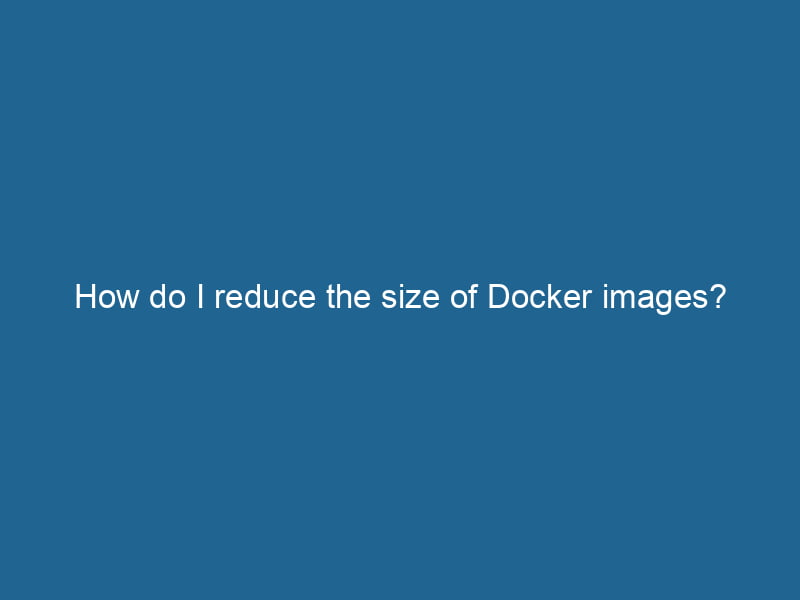
To reduce Docker image size, utilize multi-stage builds, optimize your Dockerfile by minimizing layers, and remove unnecessary files. Consider using lighter base images like Alpine.
How do I manage storage in Docker?
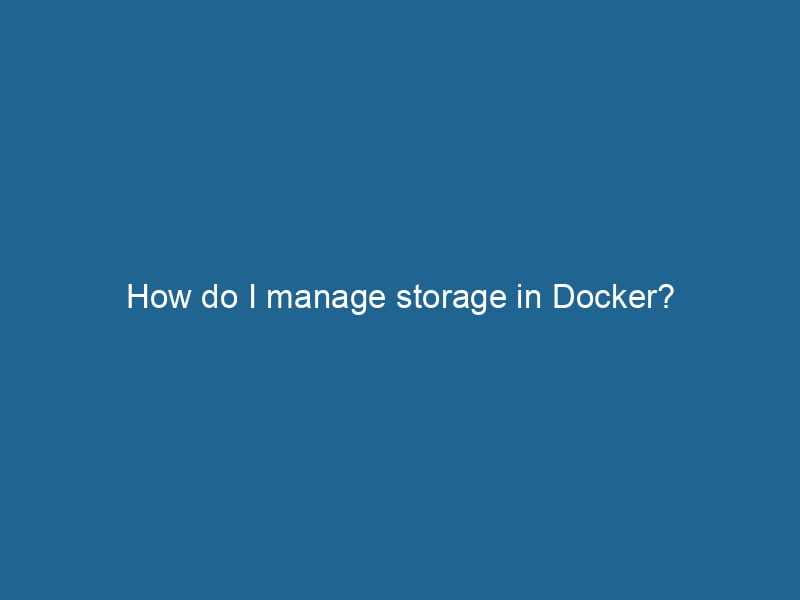
Managing storage in Docker involves understanding volumes, bind mounts, and tmpfs mounts. Use volumes for persistent data, bind mounts for host data access, and tmpfs for temporary storage.
How do I manage persistent storage in Docker?

Managing persistent storage in Docker involves using volumes or bind mounts. Volumes are stored in a part of the host filesystem managed by Docker, while bind mounts link directly to a specified path on the host.
